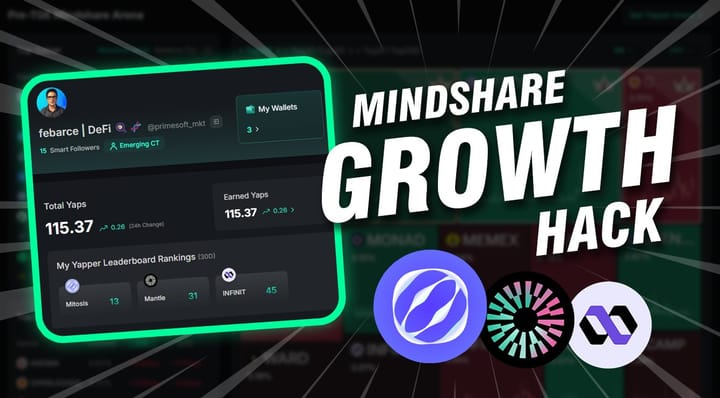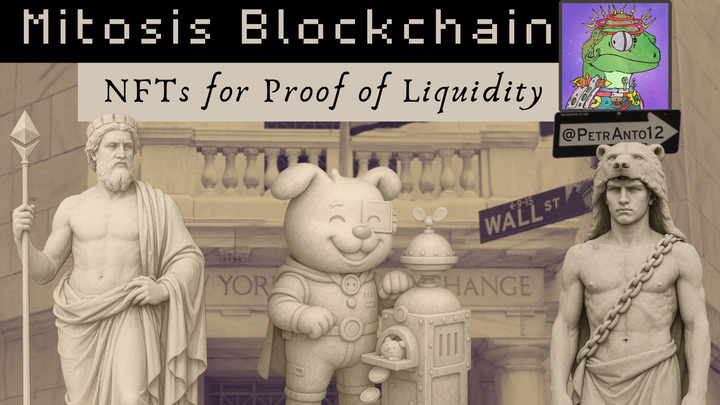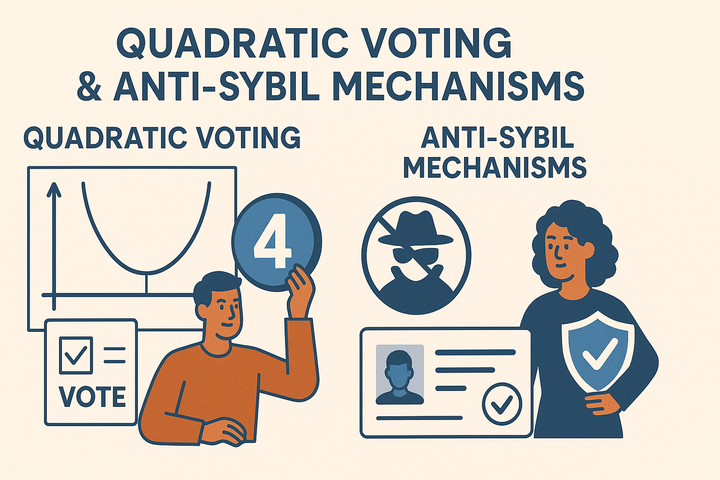Succinct SP1 zkVM: Zero Knowledge Proofs Should be Accessible to Rust Developers.

In recent years, zero knowledge proofs (ZKPs) have emerged as one of the most transformative breakthroughs in cryptography.
It emphasizes the ability to verify information without revealing the underlying data.
This opens new frontiers in privacy, trust, and scalability particularly within blockchain and decentralized applications.
Yet despite their potential, ZKPs have long been the domain of cryptographers and protocol engineers.
Building with zero knowledge requires deep mathematical expertise, unfamiliar domain-specific languages, and a willingness to navigate complex tooling.
Succinct SP1 zkVM is about to change that.
By enabling developers to write zero knowledge programs using standard Rust and automatically generate proofs of execution, SP1 lowers the barrier to entry for a wide range of developers.
This article explores what zero knowledge proofs are, why they matter, and how SP1 is making them practically accessible through a developer-first zkVM.
Understanding Zero Knowledge Proofs
Zero knowledge proof allows one party (the prover) to convince another party (the verifier) that a given statement is true without revealing any information beyond the validity of the statement itself.
For example, one might prove they are over 18 years of age without revealing their exact birthdate or identity.
Similarly, a blockchain node can prove that it computed a transaction correctly without revealing the full state or intermediate steps involved.
ZKPs operate on three key elements:
- Prover: The entity who possesses the information or has performed a computation.
- Verifier: The entity who needs to be convinced of the correctness.
- Proof: A cryptographic artifact that confirms the prover’s claim.
This mechanism ensures data privacy, improves computational efficiency, and enhances trust in distributed systems all without compromising integrity.
How Zero Knowledge Proofs Work
To understand how ZKPs function, I’ll be using a classic analogy of solving a Sudoku puzzle.
You may want to prove they have completed the puzzle correctly without revealing the entire solution.
A zero knowledge proof enables them to do exactly that: produce a cryptographic proof that verifies the solution’s correctness while keeping the answers hidden.
Technically, ZKPs use sophisticated math to encode and verify computational statements. The prover runs a computation and produces both the result and a proof. The verifier checks the proof using minimal resources and without rerunning the entire computation.
This functionality is particularly useful in blockchain applications, where smart contract execution can be costly and data privacy is limited.
The Challenges of Traditional ZK Development
Despite the elegance of the concept, implementing zero knowledge proofs in real-world applications has traditionally been challenging.
- Specialized Languages: Most ZK frameworks require developers to use unfamiliar, domain-specific languages such as Circom, Noir, or Cairo. This presents a steep learning curve for developers who are accustomed to mainstream languages like Rust or JavaScript.
- Manual Circuit Design: ZK applications typically require the construction of low-level “arithmetic circuits” to model computation in a proof-friendly format. This process is labor-intensive and prone to errors.
- Lack of Tooling: Development environments for ZKPs have historically lacked the robust tooling found in more mature ecosystems. This includes limited debugging tools, sparse documentation, and inconsistent developer support.
- Performance Optimization: Writing a correct ZK circuit is just the first hurdle. Making it efficient enough for real-world use, especially on-chain adds another layer of complexity.
These barriers have kept ZK development largely within the realm of advanced protocol teams and academic researchers.
Introducing Succinct SP1
Succinct SP1 addresses these challenges head-on by providing a zero knowledge virtual machine (zkVM) that allows developers to write ordinary Rust programs and generate zero knowledge proofs from them.
SP1 supports the following workflow:
- Developers write application logic using standard Rust.
- The code is compiled to RISC-V, a lightweight and open instruction set architecture.
- SP1 executes the RISC-V binary inside a zkVM.
- The VM outputs a zero knowledge proof confirming that the code ran correctly.
- This proof can then be verified anywhere, including on-chain or within off-chain services.
Developers never have to manually construct a ZK circuit or write in a specialized language because SP1 handles all translation, instrumentation, and proof generation behind the scenes.
Why SP1 Matters
The implications of a tool like SP1 extend far beyond developer convenience. By eliminating the barrier to ZK development, SP1 unlocks new possibilities across a range of industries and use cases:
1. Privacy Preserving Applications
SP1 enables developers to build applications that protect user privacy by default. For instance, identity verification platforms can prove user eligibility (e.g., age or citizenship) without exposing sensitive personal data. Similarly, financial apps can prove solvency or creditworthiness without revealing account balances.
2. Scalable and Trust Minimized Blockchains
With SP1, complex off-chain computations can be executed privately and cheaply, then verified on-chain via compact proofs. This drastically reduces gas costs and makes blockchain applications more scalable. It also removes reliance on trusted intermediaries, as the proofs themselves provide trust.
3. Fairness in Games and Competitions
Game developers can use SP1 to create provably fair games. For example, a player’s move or a random number generation can be proven valid without disclosing internal game logic or algorithms. This is particularly useful in competitive games, lotteries, or prediction markets.
4. Verifiable AI Inference (ZKML)
As machine learning integrates more deeply with decentralized systems, SP1 offers a pathway to verifiable AI inference. Developers can prove that a machine learning model made a decision based on valid inputs without revealing the inputs or model internals.
5. Cross-Chain and Interoperability Solutions
Cross-chain bridges and interoperability protocols can use SP1 to generate ZK proofs that confirm transactions occurred on a source chain, reducing the need to trust third-party relayers or oracles.
Developer Experience and Accessibility
Succinct has made SP1 open source and developer friendly. The SDK includes:
- Full documentation and guides for setting up and writing SP1-compatible Rust programs.
- Compilation tools to generate RISC-V binaries.
- Proof generation and on-chain verification tools.
- Integration support for various blockchain environments.
Rust developers can get started quickly without any prior knowledge of cryptographic primitives. This accessibility democratizes ZK development and accelerates innovation across the ecosystem.c
Conclusion
The introduction of Succinct SP1 marks a pivotal moment for zero knowledge technology.
By abstracting away the complexity of ZK circuit design and allowing developers to write in native Rust, SP1 transforms zero knowledge from a niche academic tool into a practical engineering resource.
This is essential for the next generation of applications that demand both privacy and verifiability.
Whether in DeFi, gaming, AI, or identity, SP1 empowers developers to build systems that are trustworthy by design without compromising on usability or performance.
As zero knowledge moves from theory to production, tools like SP1 will serve as the critical infrastructure enabling that transition.
Check out Mitosis Articles and Stay Updated.



Comments ()